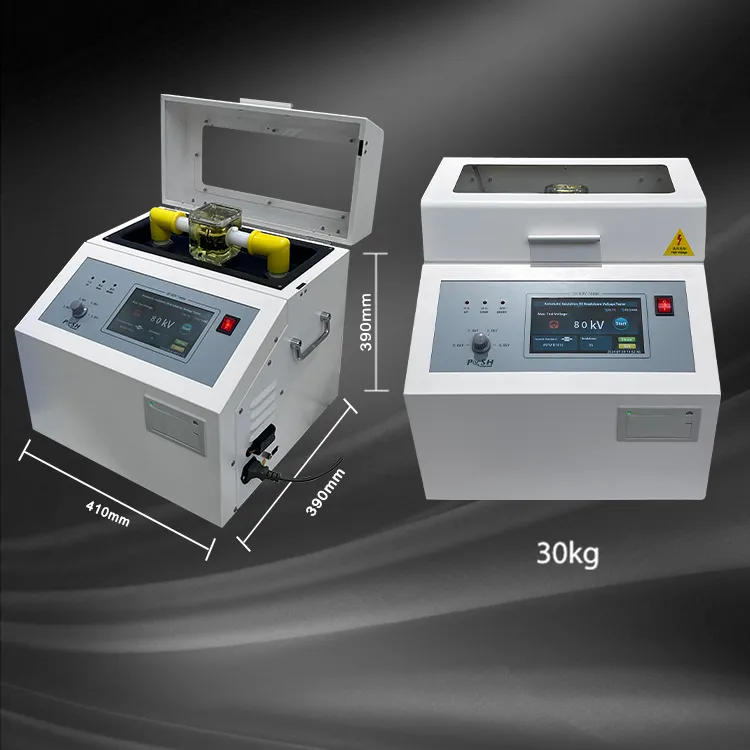 English
English



-
 Afrikaans
Afrikaans -
 Albanian
Albanian -
 Amharic
Amharic -
 Arabic
Arabic -
 Armenian
Armenian -
 Azerbaijani
Azerbaijani -
 Basque
Basque -
 Belarusian
Belarusian -
 Bengali
Bengali -
 Bosnian
Bosnian -
 Bulgarian
Bulgarian -
 Catalan
Catalan -
 Cebuano
Cebuano -
 China
China -
 China (Taiwan)
China (Taiwan) -
 Corsican
Corsican -
 Croatian
Croatian -
 Czech
Czech -
 Danish
Danish -
 Dutch
Dutch -
 English
English -
 Esperanto
Esperanto -
 Estonian
Estonian -
 Finnish
Finnish -
 French
French -
 Frisian
Frisian -
 Galician
Galician -
 Georgian
Georgian -
 German
German -
 Greek
Greek -
 Gujarati
Gujarati -
 Haitian Creole
Haitian Creole -
 hausa
hausa -
 hawaiian
hawaiian -
 Hebrew
Hebrew -
 Hindi
Hindi -
 Miao
Miao -
 Hungarian
Hungarian -
 Icelandic
Icelandic -
 igbo
igbo -
 Indonesian
Indonesian -
 irish
irish -
 Italian
Italian -
 Japanese
Japanese -
 Javanese
Javanese -
 Kannada
Kannada -
 kazakh
kazakh -
 Khmer
Khmer -
 Rwandese
Rwandese -
 Korean
Korean -
 Kurdish
Kurdish -
 Kyrgyz
Kyrgyz -
 Lao
Lao -
 Latin
Latin -
 Latvian
Latvian -
 Lithuanian
Lithuanian -
 Luxembourgish
Luxembourgish -
 Macedonian
Macedonian -
 Malgashi
Malgashi -
 Malay
Malay -
 Malayalam
Malayalam -
 Maltese
Maltese -
 Maori
Maori -
 Marathi
Marathi -
 Mongolian
Mongolian -
 Myanmar
Myanmar -
 Nepali
Nepali -
 Norwegian
Norwegian -
 Norwegian
Norwegian -
 Occitan
Occitan -
 Pashto
Pashto -
 Persian
Persian -
 Polish
Polish -
 Portuguese
Portuguese -
 Punjabi
Punjabi -
 Romanian
Romanian -
 Russian
Russian -
 Samoan
Samoan -
 Scottish Gaelic
Scottish Gaelic -
 Serbian
Serbian -
 Sesotho
Sesotho -
 Shona
Shona -
 Sindhi
Sindhi -
 Sinhala
Sinhala -
 Slovak
Slovak -
 Slovenian
Slovenian -
 Somali
Somali -
 Spanish
Spanish -
 Sundanese
Sundanese -
 Swahili
Swahili -
 Swedish
Swedish -
 Tagalog
Tagalog -
 Tajik
Tajik -
 Tamil
Tamil -
 Tatar
Tatar -
 Telugu
Telugu -
 Thai
Thai -
 Turkish
Turkish -
 Turkmen
Turkmen -
 Ukrainian
Ukrainian -
 Urdu
Urdu -
 Uighur
Uighur -
 Uzbek
Uzbek -
 Vietnamese
Vietnamese -
 Welsh
Welsh -
 Bantu
Bantu -
 Yiddish
Yiddish -
 Yoruba
Yoruba -
 Zulu
Zulu
current transformer ratio test
Current Transformer Ratio Test Importance and Methodology
Current transformers (CTs) are vital components in electrical systems, primarily used for measuring and transforming high current levels into lower, manageable values for metering and protection purposes. One of the critical tests performed on current transformers is the current transformer ratio test. This test ensures that the CT is accurately converting primary current to the secondary current and that it operates within specified parameters.
Understanding Current Transformer Ratio
The current transformer ratio refers to the ratio of the primary current (input current) to the secondary current (output current). It is defined mathematically as
\[ \text{Ratio} = \frac{I_{\text{primary}}}{I_{\text{secondary}}} \]
For example, a CT with a ratio of 10005 means that for every 1000 amps flowing through the primary winding, 5 amps will flow through the secondary winding. This ratio is crucial for accurate measurements and ensuring the protection schemes in electrical systems function correctly.
Importance of the Ratio Test
Conducting a ratio test on current transformers is imperative for several reasons
1. Accuracy Verification The primary objective of the ratio test is to verify that the CT provides a correct transformation of the primary current to the secondary current. Any discrepancies can lead to incorrect measurements, leading to potential over or underestimation of power usage or faults in the system.
2. Quality Assurance The test contributes to quality assurance of CTs, ensuring they meet the specifications set by manufacturers and standards organizations. This is essential for maintaining the reliability of electrical systems.
current transformer ratio test

3. Preventive Maintenance Regular testing can help identify issues before they lead to significant problems. If the ratio of a current transformer drifts from its specified value, it might indicate wear or other underlying issues that could compromise system safety and functionality.
4. Regulatory Compliance Many electrical installations must comply with local and international standards, making ratio testing a necessary practice to ensure adherence to those regulations.
Methodology of the Current Transformer Ratio Test
The current transformer ratio test can be conducted using various methods, including the following
1. Using a Mutual Inductance Bridge A mutual inductance bridge can accurately measure the ratio of the two windings by applying a known current in the primary and measuring the resulting secondary current.
2. Test Sets Specialized test equipment designed for CT testing can apply a known primary current and measure the exact secondary current output. This modern approach allows for quick and accurate data collection.
3. Open Circuit Test In this method, the secondary winding is left open while the primary current is applied. The voltage induced in the secondary is measured and utilized to calculate the transformation ratio.
4. Short Circuit Test This involves shorting the secondary winding and applying a known primary current. The test measures the relationship between the input and output currents while ensuring safety precautions are observed.
Conclusion
The current transformer ratio test is an essential procedure in the lifecycle of current transformers, contributing to the accurate functioning, reliability, and safety of electrical systems. By verifying the transformation ratio, organizations can ensure effective metering, protection schemes, and compliance with regulatory standards. As electrical networks evolve with increasing complexity and demand, the importance of regular and precise testing will only grow, underlining the significance of the current transformer ratio test in maintaining robust electrical infrastructure. Regular testing not only safeguards the performance of the electrical system but also enhances the overall operational efficiency, ensuring that both technology and safety standards keep pace with industry advancements.
-
Testing Equipment Industry Sees Major Advancements in 2025: Smart & Precision Technologies Lead the WayNewsJun.06,2025
-
Applications of Direct Current Generators in Renewable Energy SystemsNewsJun.05,2025
-
Hipot Tester Calibration and Accuracy GuidelinesNewsJun.05,2025
-
Digital Circuit Breaker Analyzer Features and BenefitsNewsJun.05,2025
-
Benefits of Real-Time Power Quality Monitoring Devices for Industrial EfficiencyNewsJun.05,2025
-
Earth Fault Loop Testing in High-Rise Building Electrical SystemsNewsJun.05,2025



